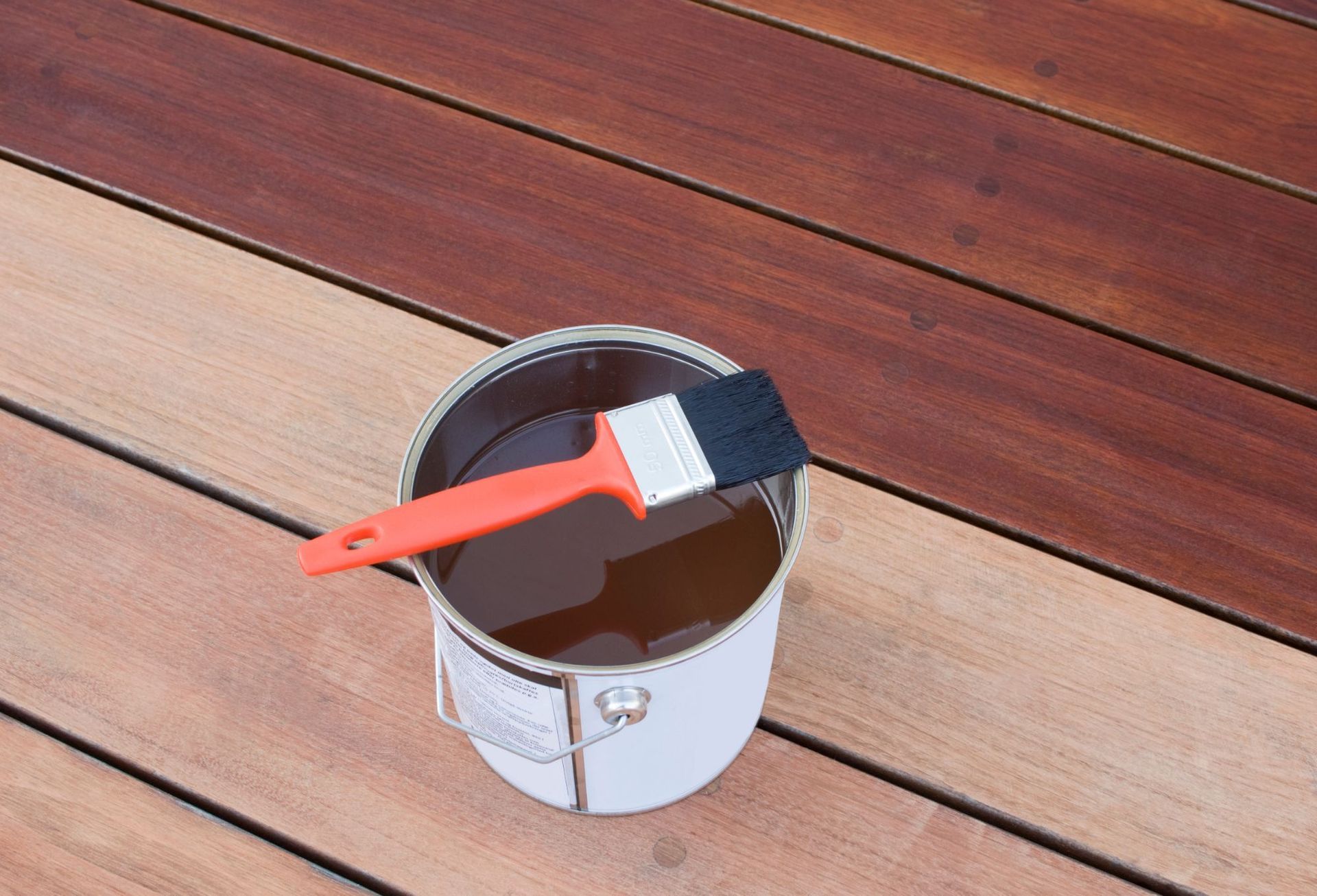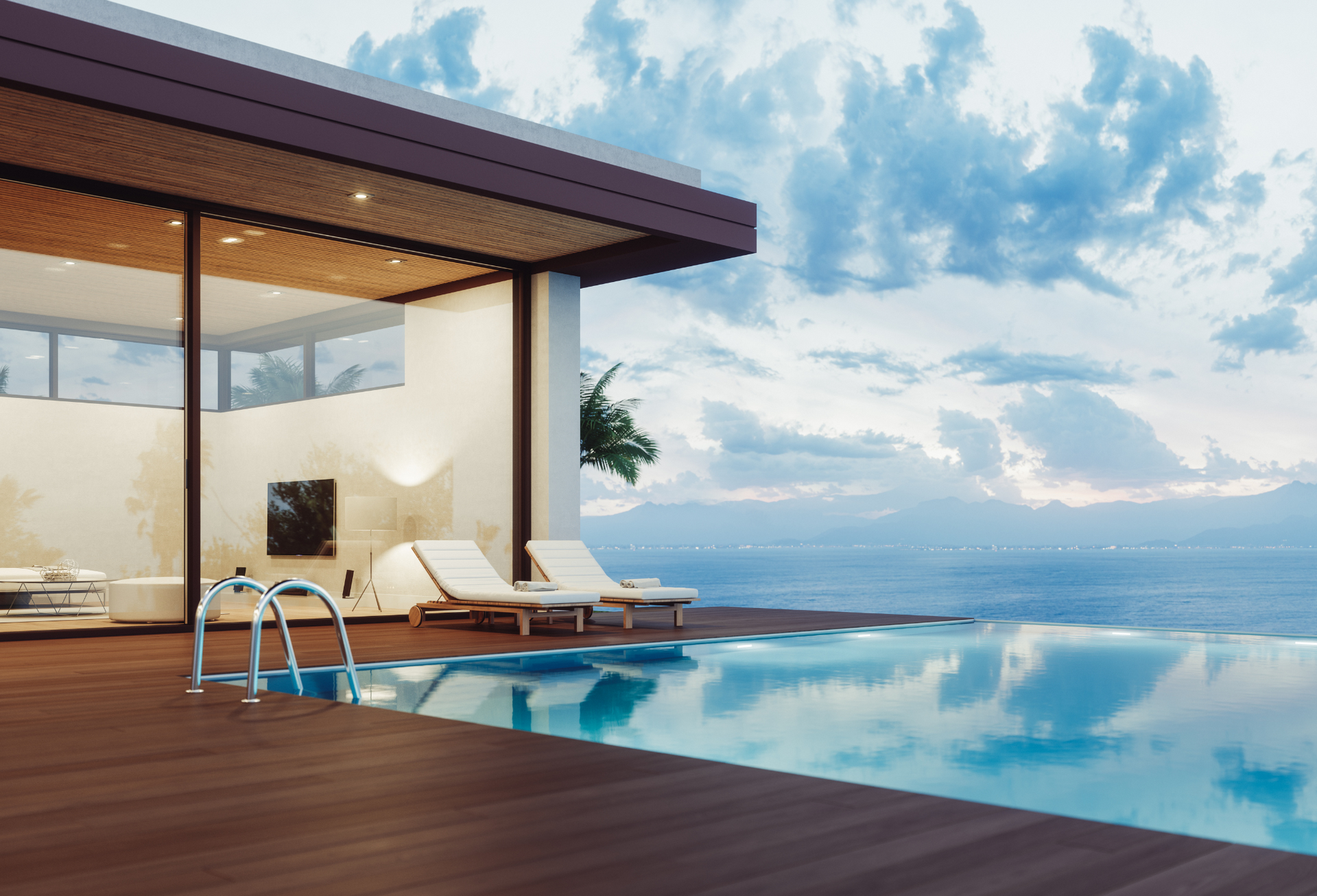Choosing the Right Timber for Your Decking: A Comprehensive Comparison
When it comes to building a deck, selecting the right timber is crucial. Not only does it influence the aesthetic appeal, but it also determines the longevity, maintenance, and sustainability of your deck. In this post, we'll compare several popular timber species—Vitex, Kwila, Kanda, Garapa, Pine (Radiata), Purpleheart, and Accoya—to help you make an informed decision.
Vitex
Origin: Sourced from Southeast Asia and the Pacific Islands, particularly from sustainably managed forests in the Solomon Islands.
Appearance: Pale brown to creamy-grey, aging to a beautiful silver. It has a fine texture and minimal tannin bleeding.
Durability: Class 2, lasting around 25+ years with proper maintenance.
Maintenance: Regular sealing or staining is required to maintain its appearance and durability.
Workability: Generally easy to work with, stable, and resistant to splintering.
Density: Moderate, making it less taxing during installation.
Sustainability: Harvested from low-impact community logging operations.
Kwila
Origin: Sourced from Southeast Asia and the Pacific Islands.
Appearance: Dark reddish-brown with a coarse texture, aging to a driftwood grey. It has high natural oil content, which may cause bleeding of tannins.
Durability: Class 2, with a lifespan of 25-40+ years with proper maintenance.
Maintenance: Minimal; occasional washing with mild soap and water is sufficient.
Workability: Can be difficult due to its density and oil content, which may blunt tools.
Density: High, adding to its durability.
Sustainability: Comes from sustainably managed forests.
Kanda
Origin: Central Africa and South America.
Appearance: Fawn-brown with a slightly textured straight grain, providing good natural grip.
Durability: Class 2, lasting around 25+ years with proper maintenance.
Maintenance: Regular sealing or staining is necessary to maintain its appearance and durability.
Workability: Moderate density makes it less taxing during installation.
Density: Moderate, balancing durability and ease of installation.
Sustainability: Sourced from sustainably managed forests.
Garapa
Origin:
South America.
Appearance: Golden to honey-brown, aging to a silver-grey. It has a uniform interlocked grain with fine texture and good scratch resistance.
Durability: Class 2, around 25+ years with proper maintenance, and it resists rot, decay, and fire.
Maintenance: Regular sealing or staining is required.
Workability: Fairly easy to work with, glues and finishes well, and has good dimensional stability.
Density: High, providing excellent durability.
Sustainability: Sourced from sustainably managed forests.
Pine (Radiata)
Origin: New Zealand, modified overseas via an acetylation process.
Appearance: Light-colored, sometimes with yellowish tones. It has a fairly soft texture with wide annual growth rings.
Durability: Varies by treatment grade. Class 1: 50+ years; Class 4: 5-10 years.
Maintenance: Requires thorough annual maintenance, including washing, sanding, and sealing with premium decking oils or sealants.
Workability: Easy to work with, but care is needed due to the chemicals used in the treatment process.
Density: Low to moderate, depending on treatment.
Sustainability: All NZ Radiata Pine is FSC-certified.
Purpleheart
Origin: South America.
Appearance: Deep purple, aging to silver-grey. It has a straight grain with a smooth fine texture.
Durability: Class 1-2, around 25-30+ years with proper maintenance.
Maintenance: Minimal, as it naturally weathers to a silver-grey color.
Workability: Difficult due to its density, and it may exude gummy resin when heated.
Density: High, contributing to its long lifespan.
Sustainability: Sourced from sustainably managed forests.
Accoya
Origin: New Zealand, made from NZ Radiata Pine.
Appearance: Light honey-colored, retaining its natural wood look.
Durability: Class 1, lasting 50+ years with minimal maintenance.
Maintenance: Minimal, requiring reapplication of coatings every few years.
Workability: Easy to work with, stable, and less prone to warping.
Density: Moderate, ensuring ease of handling and installation.
Sustainability:
FSC-certified and Cradle to Cradle Gold certified, Accoya is the only construction material to achieve C2C Platinum certification for Material Health.
Conclusion
Choosing the right timber for your decking project depends on several factors, including durability, maintenance, appearance, and sustainability. Vitex and Kwila offer high durability and a rich appearance, while Garapa and Accoya provide excellent sustainability credentials. Pine (Radiata) is a versatile choice, though it requires more maintenance. Consider your priorities and preferences when making your selection to ensure your deck not only looks great but also stands the test of time.



